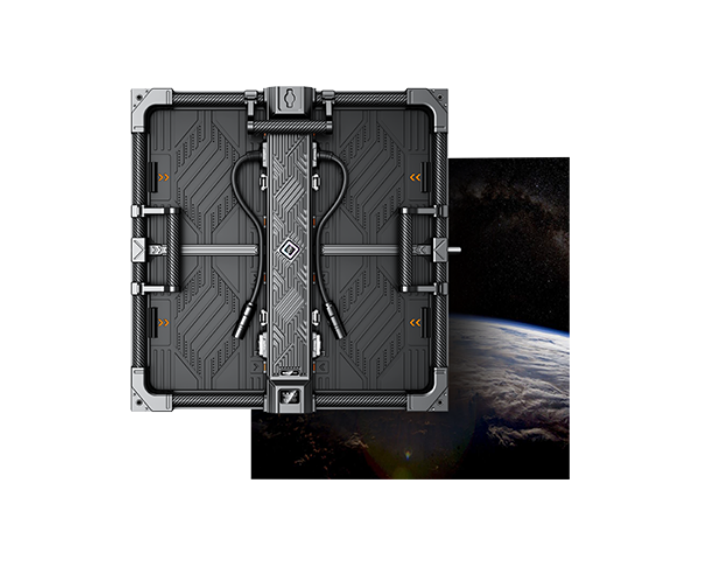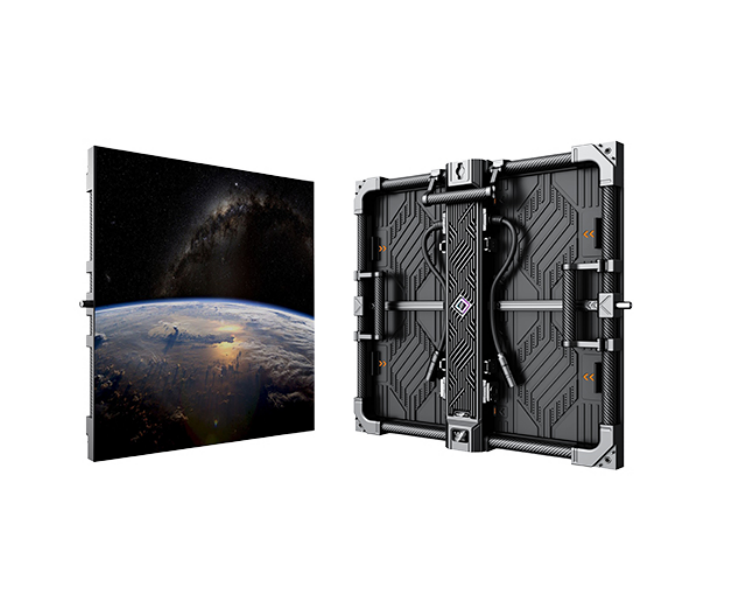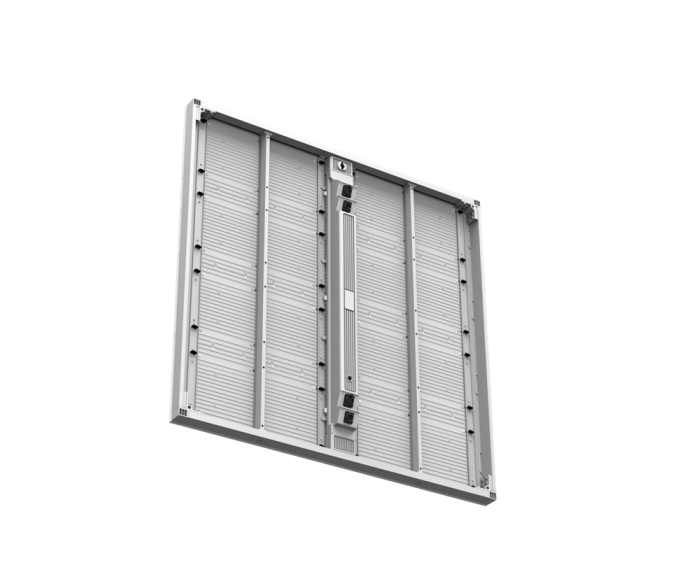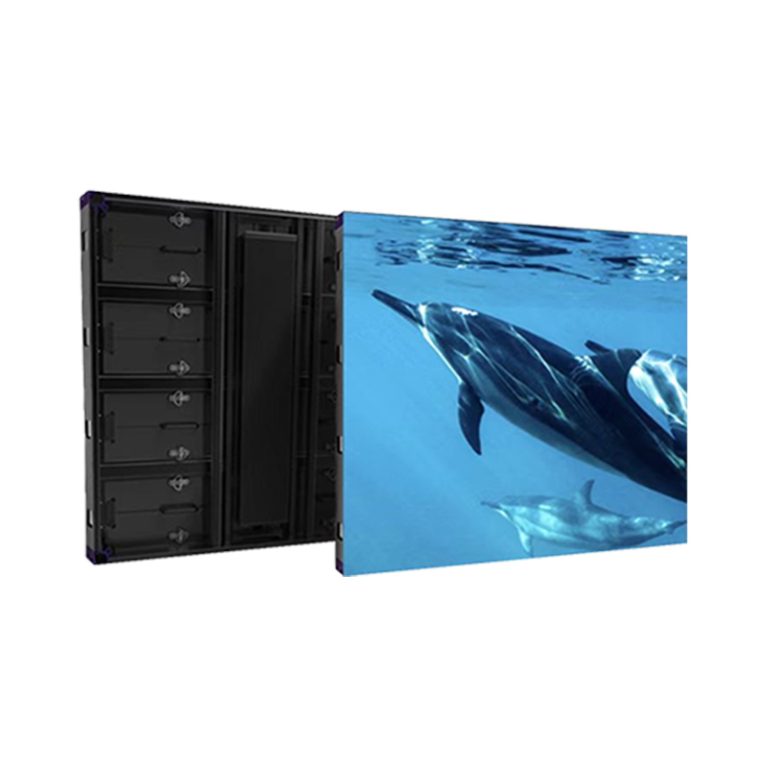Table of Contents
-
What Is an Indoor LED Display?
-
Why Choose an Indoor LED Display?
-
Application Scenarios
-
Core Technologies
-
Technical Specifications Example
-
Customer Success Story
-
Our Services
-
Frequently Asked Questions
-
Conclusion & Outlook
In today’s world, visuals dominate. How can your brand stand out in such a crowded marketplace? Traditional posters and projectors are losing their effectiveness. That’s why more and more businesses are turning to indoor LED displays—a dynamic, high-definition, real-time solution that does far more than share information. These displays are powerful storytelling tools that elevate brand image, enhance customer experience, and create a lasting impression.
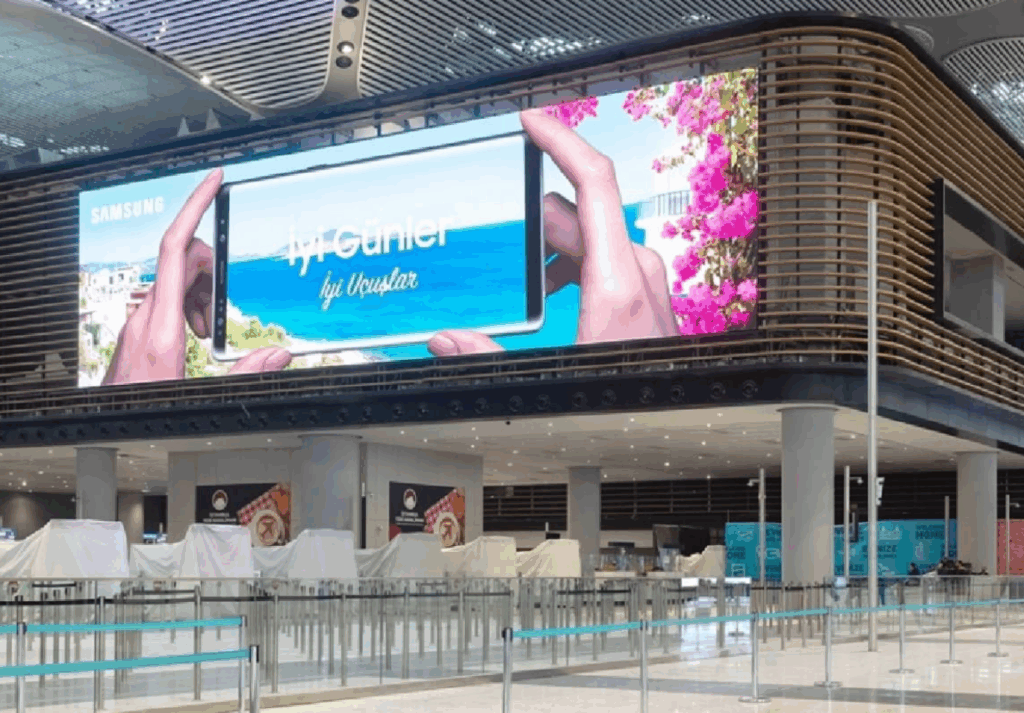
1. What Is an Indoor LED Display?
An indoor LED display is an electronic screen made up of light-emitting diode (LED) arrays that showcase images, videos, and information.
Key Features:
-
High brightness
-
Energy efficiency
-
Seamless splicing for large formats
-
Vivid, uninterrupted visuals
Types:
-
Fine pixel pitch (P0.9–P2.5): Best for close viewing distances
-
Medium pixel pitch (P2.5–P4): Suitable for mid-range viewing
Advantages over LCDs:
-
Easier to scale for large areas
-
Seamless display without bezels
-
Superior for dynamic, video-rich content
2. Why Choose an Indoor LED Display? Four Core Benefits
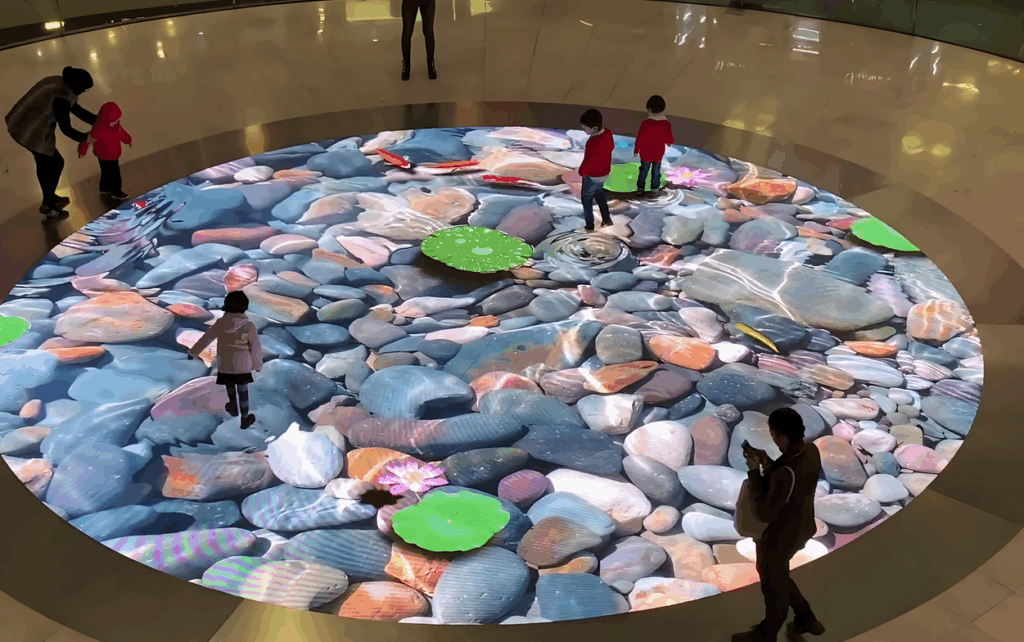
Investing in indoor LED technology isn’t just an upgrade—it’s a game-changer for marketing and customer engagement. Here’s why:
Boosts Brand Image:
A vibrant, high-definition LED screen instantly adds a sense of innovation and sophistication to any space. Studies show that nearly 70% of consumers perceive brands using digital displays as more innovative and professional.
Enhances Interactivity:
LED displays can be paired with touchscreens or motion-sensing technology to create engaging experiences. For example, malls use them for interactive games or raffles, extending dwell time and encouraging more spending.
Real-Time, Flexible Content Updates:
From product launches to flash sales or urgent announcements, content can be updated instantly via a central control system. This saves both time and costs compared to traditional printed materials.
Creates Immersive Environments:
Restaurants can showcase behind-the-scenes cooking videos, while clothing retailers can stream fashion shows—both boosting customer engagement and purchase intent.
3. Where Are Indoor LED Displays Commonly Used?
Indoor LED displays are versatile, bridging the gap between advertising and immersive experiences. Here are some typical applications:
| Scenario | Example Uses | Core Value |
|---|---|---|
| Retail Stores & Malls | Storefronts, atrium hanging screens, window displays | Attract shoppers, promote deals, elevate brand image |
| Conference Rooms & Auditoriums | Replacing projectors | High-quality visuals for presentations and videos |
| Hotel Lobbies | Replacing static backdrop walls | Enhance prestige, display welcome messages and promos |
| Educational Institutions | Multimedia classrooms, digital bulletin boards | Enrich learning, share campus updates |
| Exhibition Halls | Replacing printed boards | Showcase products, highlight company culture |
| Restaurants & Entertainment Venues | Digital menus, bar backdrops, KTV rooms | Create atmosphere, streamline menu updates |
4. Core Technologies
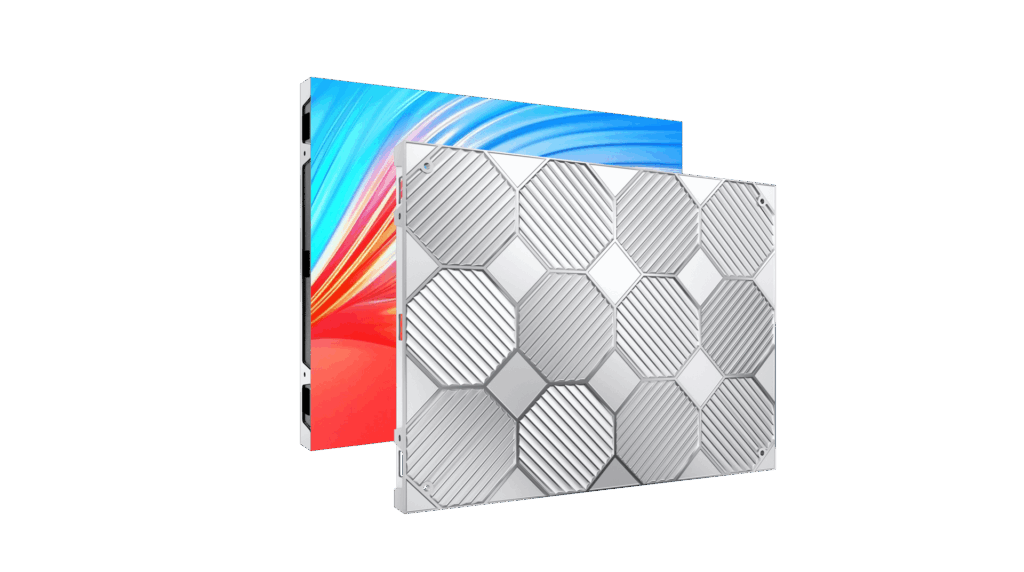
-
GOB (Glue On Board) Technology: Increases durability, dust- and water-resistance, while maintaining up to 75% transparency.
-
High Refresh Rate (≥3840Hz): Prevents flicker during photography or video recording.
-
High Color Accuracy (≥16-bit grayscale): Ensures true-to-life, detailed visuals.
-
Modular Design: Easy to maintain with quick replacement of individual panels.
5. Example Technical Specifications (Reta Series)
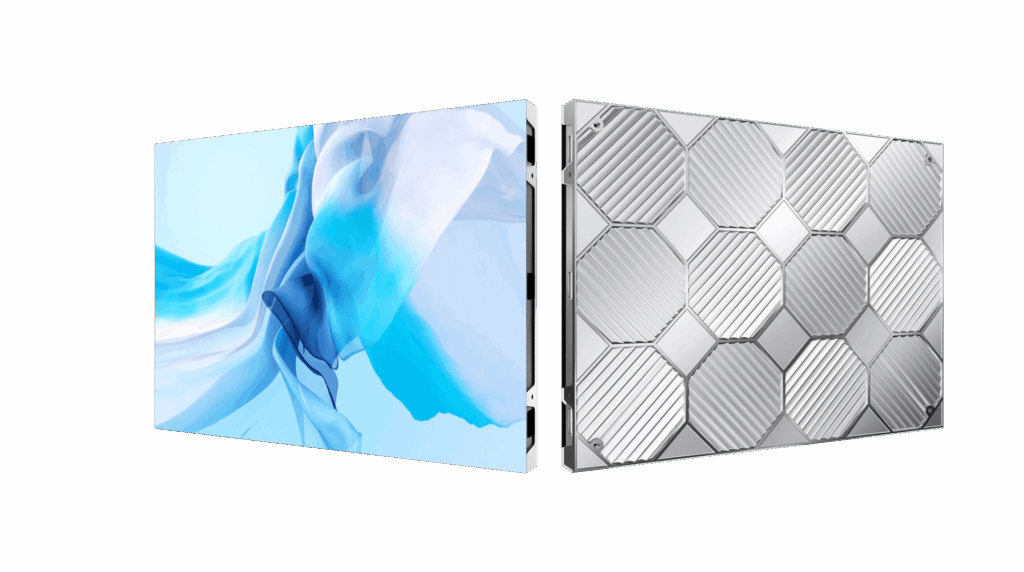
-
Pixel Pitch: P1.5 / P2 / P2.5
-
Module Size: 192 × 192 mm
-
Resolution: 128 × 128 px per module
-
Brightness: 1000 nits
-
Refresh Rate: 3840 Hz
-
Contrast Ratio: 4000:1
-
Power: AC100–240V, 50/60Hz
-
Lifespan: 100,000 hours
6. Customer Case Study: Bowling Alley
Background:
A client wanted to enhance their bowling alley with a more modern, high-tech feel, replacing outdated scoreboards and static signage.
Solution:
-
Product Selection: A P2.5 indoor LED display was chosen based on lane length and viewing distance.
-
Content Use: The display was used for real-time score updates, promotional videos, advertisements, and even interactive games.
-
Design Integration: Flexible panel splicing allowed for circular and curved installations that matched the venue’s interior design.
Results:
The LED display elevated customer satisfaction and increased foot traffic. Guests spent more time enjoying the space, leading to higher secondary sales in food and beverages.
7. Our Services
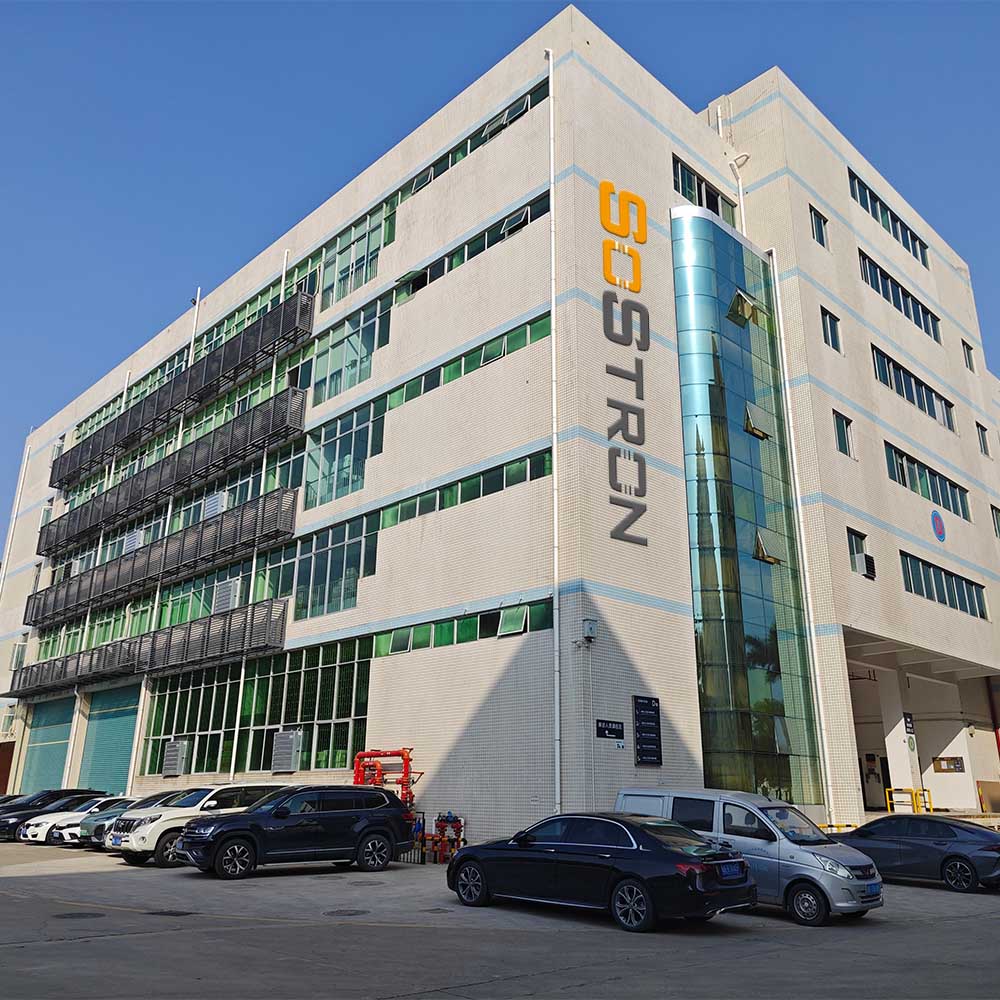
-
Custom Design: From site measurement to tailored installation plans
-
Professional Installation & Calibration: Ensuring seamless splicing and optimal visuals
-
After-Sales Support: 3-year warranty, remote diagnostics, and quick module replacement
-
Content Management Training: Helping clients manage and update content with ease
8. Frequently Asked Questions
Q1: What’s the ideal pixel pitch for indoor LED screens?
A1: It depends on viewing distance. P1.5 is great for 1–2 meters, while P2.5 works well for 3–5 meters.
Q2: Does brightness affect screen lifespan?
A2: Standard brightness (800–1200 nits) won’t significantly impact lifespan. Overly high brightness can accelerate aging.
Q3: How long does installation take?
A3: With modular systems, most projects take 1–3 days, depending on size and complexity.
Q4: Should I rent or buy an LED screen?
A4: For short-term use (conferences, concerts, exhibitions), renting is more cost-effective. For long-term use (malls, meeting rooms, control centers), buying makes more sense.
Q5: How can I estimate the price of an LED display?
A5: Pricing depends on pixel pitch, size, brand, and installation complexity. Typically quoted per square meter. The finer the pitch, the higher the cost. We recommend defining your needs first, then requesting a tailored quote.
9. Conclusion & Outlook
Indoor LED displays are no longer luxury items—they’re essential tools for digital transformation and competitive growth. From choosing the right pixel pitch to evaluating refresh rates and applications, this guide provides a clear roadmap for making the right investment.
So, here’s the question: Are you still relying on outdated methods to showcase your brand? Or are you ready to see how a high-quality LED display can transform your business?
References:

